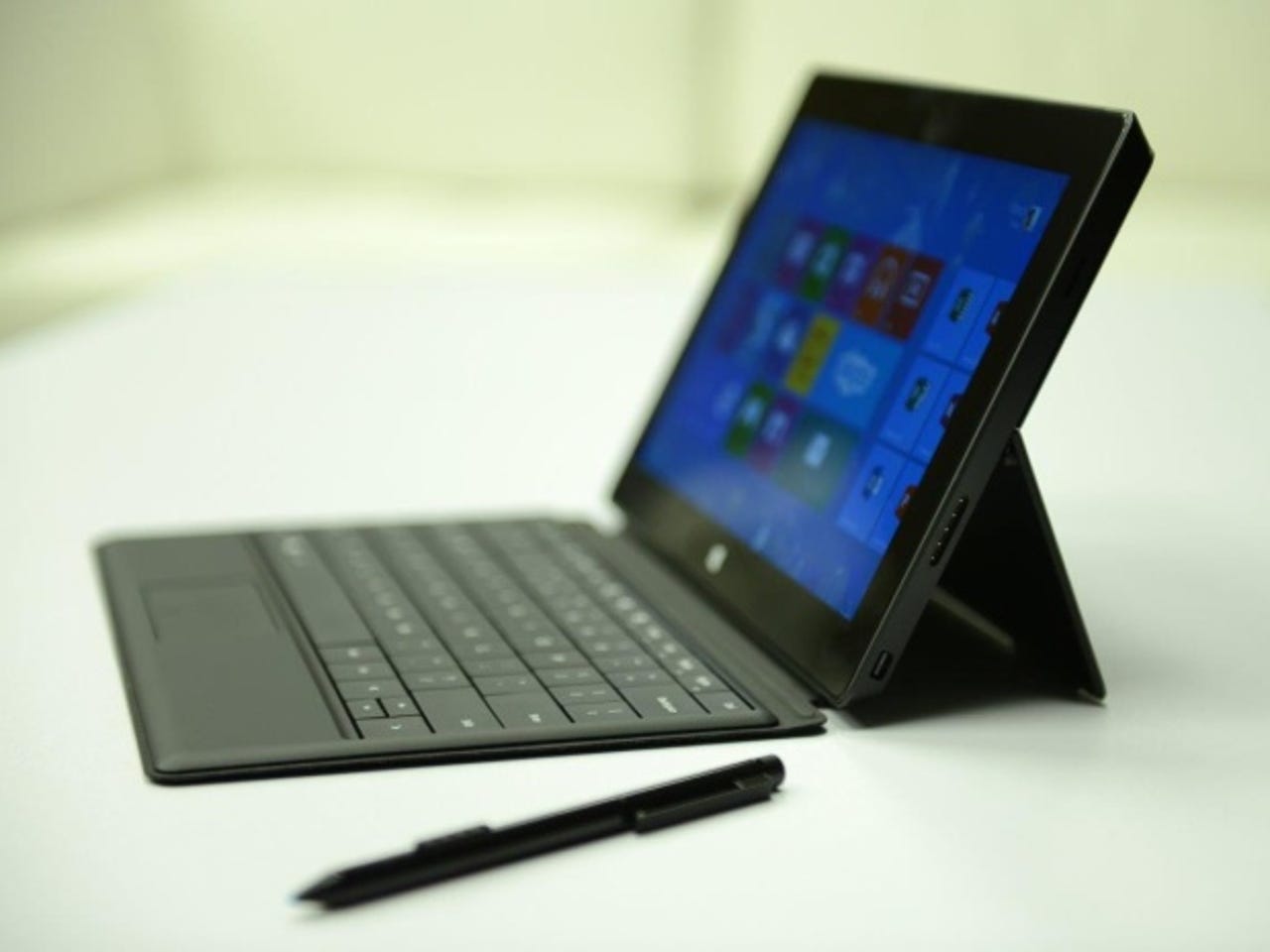Microsoft's Surface strategy: As long as it takes


Next week, Microsoft is expected to launch a Surface Mini, and perhaps another, larger Surface device to add to its tablet PC portfolio. The idea of Surface Mini certainly makes sense; smaller slates are seeing growth, so a seven- or eight-inch model could potentially capitalise on that nicely.
The arrival of the third-generation of the Surface (perhaps a Surface Pro 3) would also help Microsoft's tablet prospects in another way: it usually takes tech companies three versions of any new device to fix all the flaws spotted in the product.
Read this
The first-gen Surface RT and Surface Pro tablets were released in October 2012 and February 2013 respectively. Their successors, the Surface 2 and Surface Pro 2, arrived in October 2013. But sales remain low, probably somewhere around two to three percent of the worldwide tablet market.
The numbers Microsoft has released about the Surface tell part of the story. Microsoft reported Surface revenue of $494m in its most recent third quarter report, but the costs associated with generating that revenue (which include manufacturing and distribution of the devices) hit $539m.
The same thing happened in the previous quarter, covering the three months to December 31 last year: Surface revenues hit $893m, but at a cost of revenue of $932m. In Microsoft's Q1, Surface revenue stood at $400m and the cost of revenue at $645m (before that Microsoft reported Surface revenue of $853m in its Q4 2012 — along with a $900m write-down on Surface RT inventory).
According to these numbers, Surface is still costing more to make and distribute than Microsoft is making from selling it.
So how long will can Microsoft continue to build 'tablet PCs' that are snubbed by consumers? The answer is probably as long as it takes.
Surface is interesting — and important — because it embodies nearly all the challenges that Microsoft faces in trying to reinvent itself for the post-PC world: the rise of new types of hardware, the need to rethink Windows, and the race to the cloud.
Replacing the Ballmer-era unofficial definition of Microsoft as a 'devices and services company' with new CEO Satya Nadella's 'mobile-first, cloud-first' slogan might at first glance have spelled bad news for Surface. But with Nadella rumoured to be presiding over the launch of new Surface devices, it looks like the line will remain key for the company in the future.
That doesn't mean it's going to be getting any easier. Microsoft is late to the ecosystem game played so well by Apple and Google, as its own financial report notes: "Our competitors in smartphones and tablets have established significantly larger user bases. Efforts to compete with the vertically integrated model will increase our cost of revenue and reduce our operating margins."
Another potential headache, in Microsoft's own words: Surface competes with products made by Microsoft's manufacturing partners "which may affect their commitment to our platform".
But for all sorts of reasons it would be a huge blow for Microsoft to step away Surface — it has to prove, through Surface, that Windows makes sense on a tablet.
And it may have time on its side here. There is some demand out there, particularly from business, for a Windows tablet, and so Microsoft will probably find an enterprise market for Surface as an Ultrabook-style laptop upgrade if it can convince corporate customers it is committed to the product in the long term.
As such, we're likely to see market share gradually increase over the next few years for Windows tablets in general. It might not be the enormous success that Microsoft wanted, but don't expect it to back down any time soon.
ZDNet's Monday Morning Opener is our opening salvo for the week in tech. As a global site, this editorial publishes on Monday at 8am AEST in Sydney, Australia, which is 6pm Eastern Time on Sunday in the US. It is written by a member of ZDNet's global editorial board, which is comprised of our lead editors across Asia, Australia, Europe, and the US.
Previously on Monday Morning Opener
- Windows XP: Microsoft can't wash its hands of the security problem so easily
- Core Infrastructure Initiative just first step in open source funding
- Microservers and the hurry-up-and-wait conundrum
- Heartboned: Why Google needs to reclaim Android updates
- Mapping out the next half a century of computing
- The end of Windows XP is also the end of everything we thought we knew about computing